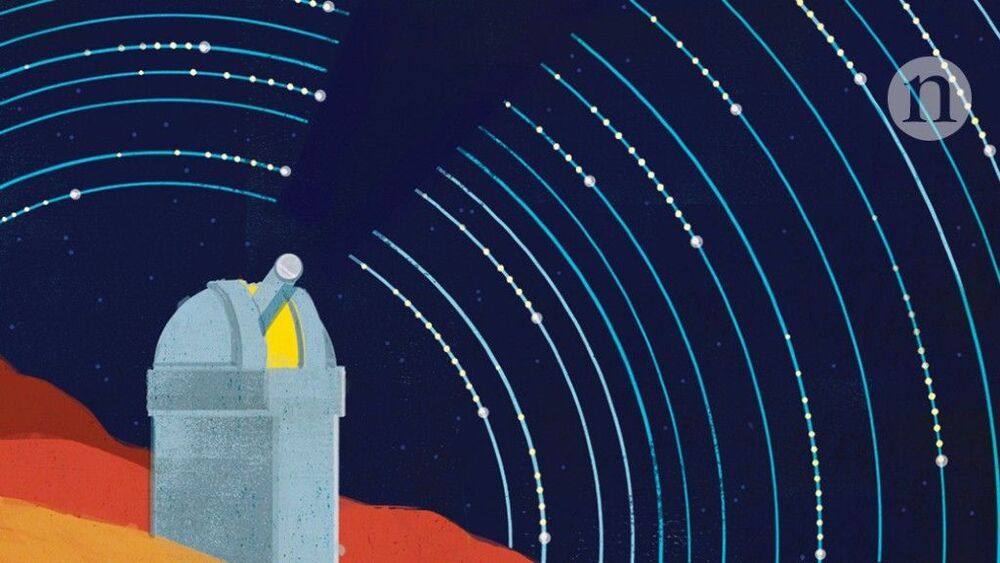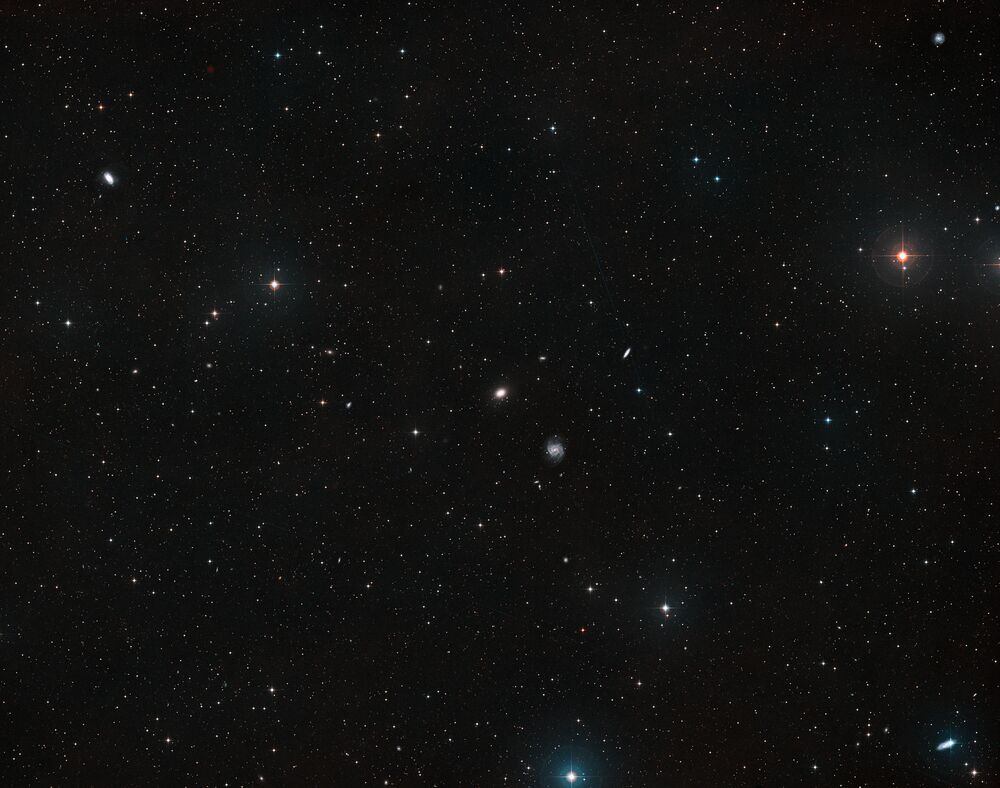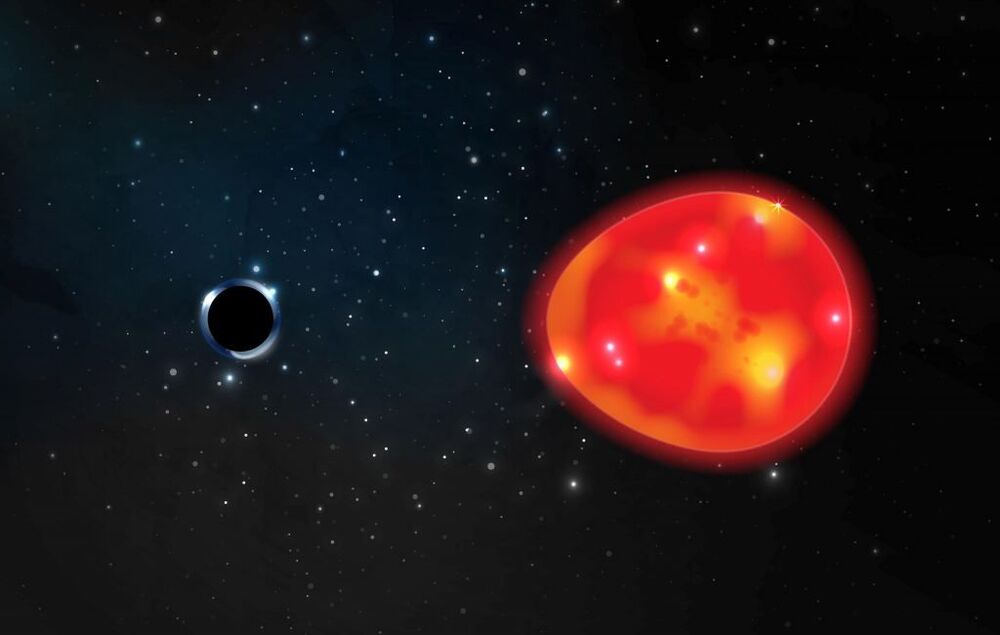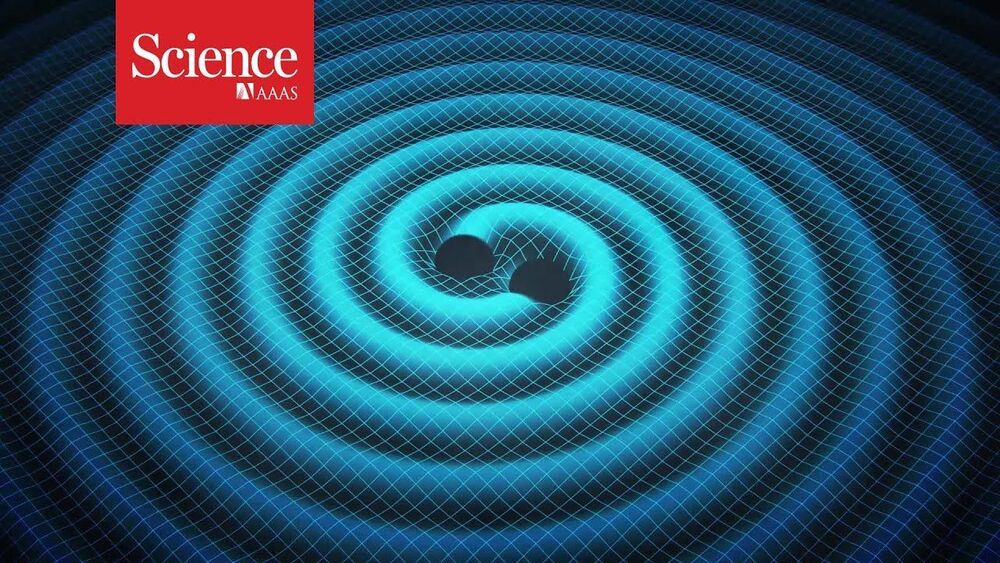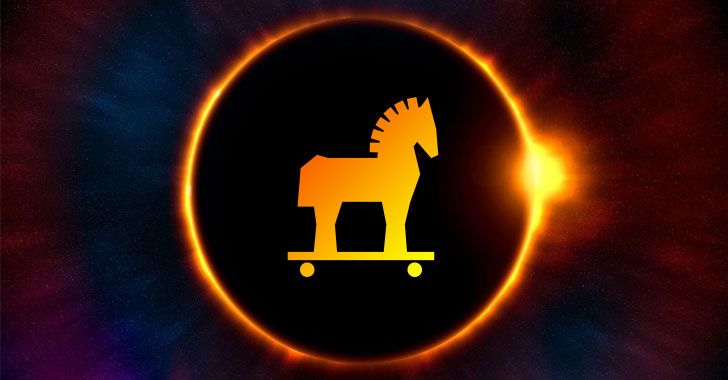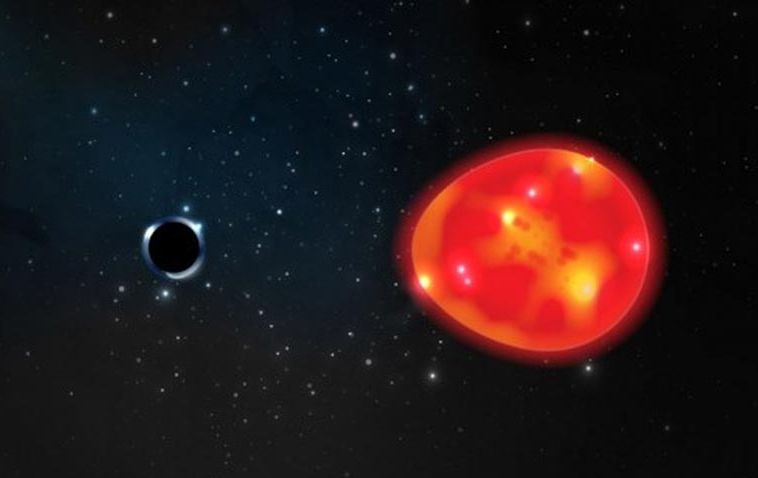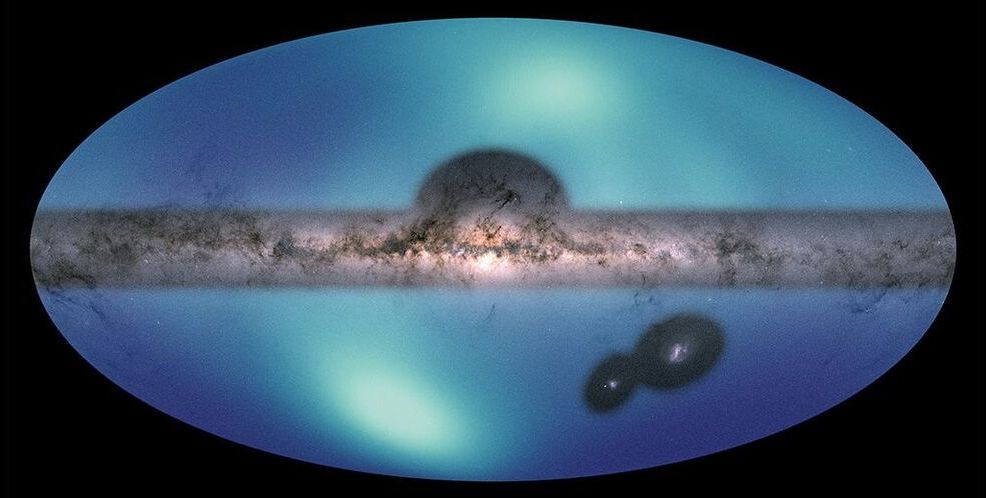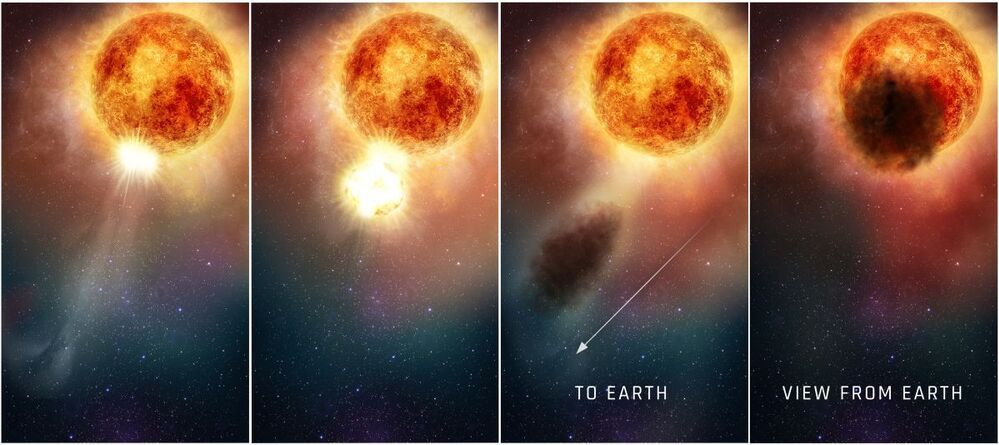Some are blasted out of galaxies by interactions with black holes; others, which orbit supermassive black holes, can smash together in titanic explosions.
Category: cosmology – Page 296
What Is Dark Matter?
Posted in cosmology
Circa 2018
An elusive substance that permeates the universe exerts many detectable gravitational influences yet eludes direct detection.
Circa 2018 o.o
In 2018 an international team of researchers using the NASA/ESA Hubble Space Telescope and several other observatories uncovered, for the first time, a galaxy in our cosmic neighborhood that is missing most of its dark matter.
A red giant star may have a black hole companion that is only three solar masses in size.
In theory, a black hole is easy to make. Simply take a lump of matter, squeeze it into a sphere with a radius smaller than the Schwarzschild radius, and poof! You have a black hole. In practice, things aren’t so easy. When you squeeze matter, it pushes back, so it takes a star’s worth of weight to squeeze hard enough. Because of this, it’s generally thought that even the smallest black holes must be at least 5 solar masses in size. But a recent study shows the lower bound might be even smaller.
The work focuses red giant star known as V723 Monoceros. This star has a periodic wobble, meaning it’s locked in orbit with a companion object. The companion is too small and dark to see directly, so it must be either a neutron star or black hole. Upon closer inspection, it turns out the star is not just wobbling in orbit with its companion, it’s being gravitationally deformed by its companion, an effect known as tidal disruption.
Both the orbital wobble and the tidal disruption of V723 Mon can Doppler shift the light coming from it. Since both of these effects depend on the mass of the companion, you can calculate the companion mass. It turns out to be about 3 solar masses.
This shows also the hertz of reality circa 2016.
Long ago, deep in space, two massive black holes—the ultrastrong gravitational fields left behind by gigantic stars that collapsed to infinitesimal points—slowly drew together. The stellar ghosts spiraled ever closer, until, about 1.3 billion years ago, they whirled about each other at half the speed of light and finally merged. The collision sent a shudder through the universe: ripples in the fabric of space and time called gravitational waves. Five months ago, they washed past Earth. And, for the first time, physicists detected the waves, fulfilling a 4-decade quest and opening new eyes on the heavens.
Here’s the first person to spot those gravitational waves
The discovery marks a triumph for the 1000 physicists with the Laser Interferometer Gravitational-Wave Observatory (LIGO), a pair of gigantic instruments in Hanford, Washington, and Livingston, Louisiana. Rumors of the detection had circulated for months. Today, at a press conference in Washington, D.C., the LIGO team made it official. “We did it!” says David Reitze, a physicist and LIGO executive director at the California Institute of Technology (Caltech) in Pasadena. “All the rumors swirling around out there got most of it right.”
On an incident response engagement, CISA found that cybercriminals exploited VPN flaws to acquire access and deploy Supernova malware on SolarWinds.
Scientists have discovered one of the smallest black holes on record – and the closest one to Earth found to date.
Researchers have dubbed it “The Unicorn,” in part because it is, so far, one of a kind, and in part because it was found in the constellation Monoceros – “The Unicorn.” The findings were published on April 21, 2021, in the journal Monthly Notices of the Royal Astronomical Society.
“When we looked at the data, this black hole – the Unicorn – just popped out,” said lead author Tharindu Jayasinghe, a doctoral student in astronomy at The Ohio State University and an Ohio State presidential fellow.
The highlight of the new chart is a wake of stars, stirred up by a small galaxy set to collide with the Milky Way. The map could also offer a new test of dark matter theories.
Scientists have discovered one of the smallest black holes on record—and the closest one to Earth found to date.
Researchers have dubbed it ‘The Unicorn,’ in part because it is, so far, one of a kind, and in part because it was found in the constellation Monoceros—’The Unicorn.’ The findings are publishing today, April 21, in the journal Monthly Notices of the Royal Astronomical Society.
“When we looked at the data, this black hole—the Unicorn—just popped out,” said lead author Tharindu Jayasinghe, a doctoral student in astronomy at The Ohio State University and an Ohio State presidential fellow.
A hunt for hypothetical axions streaming from Betelgeuse turns up empty but helps physicists set constraints on their properties.

